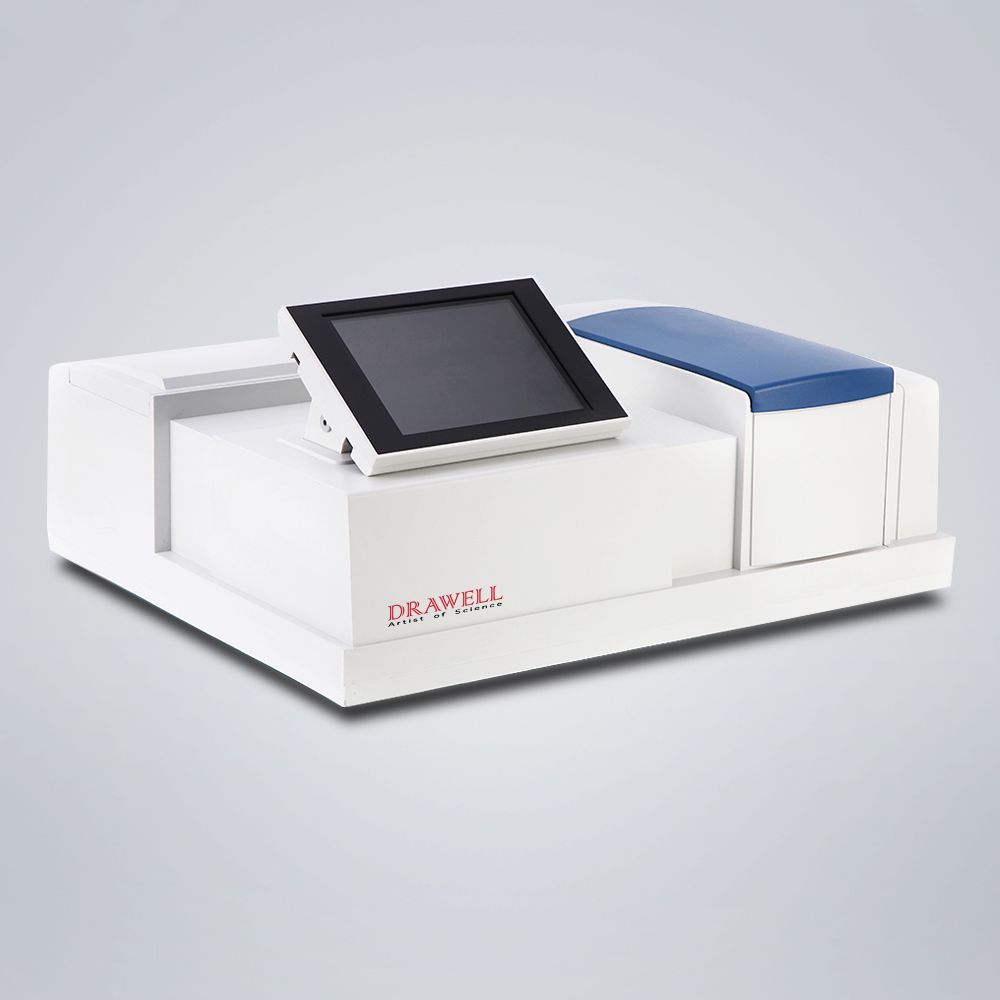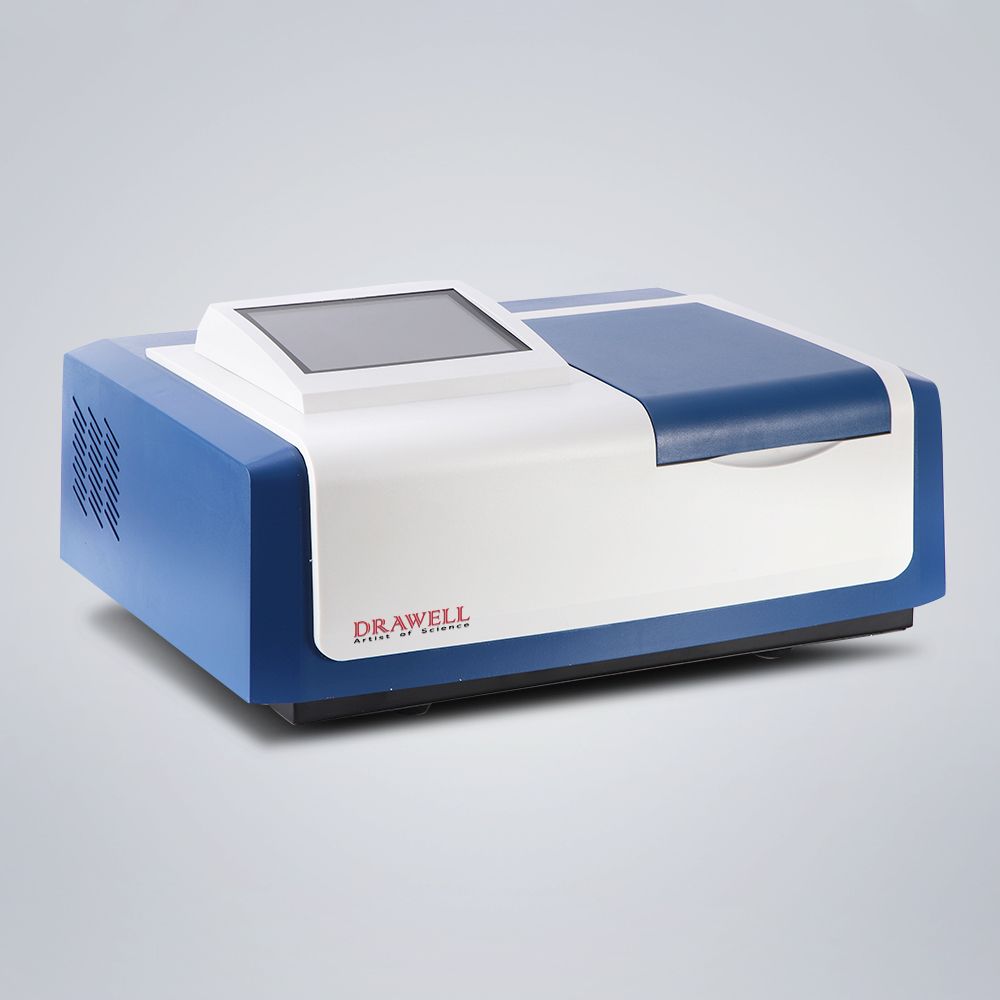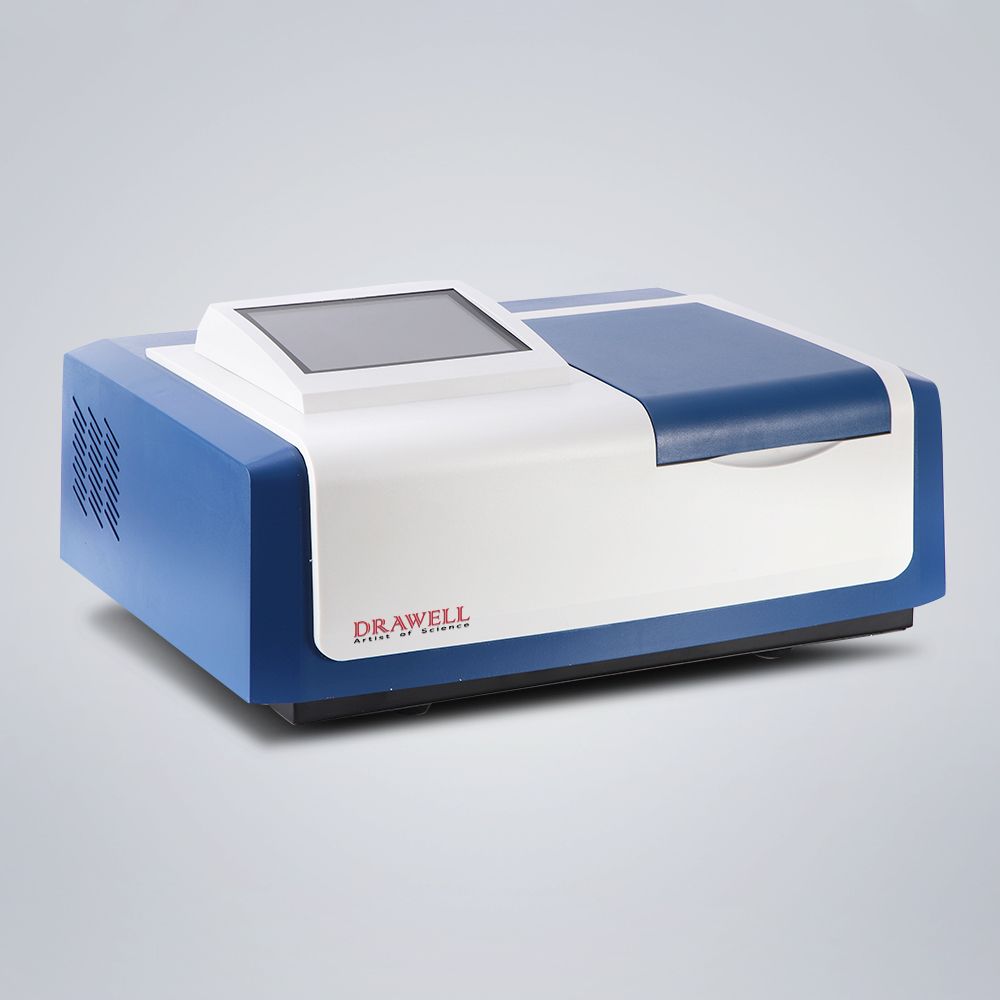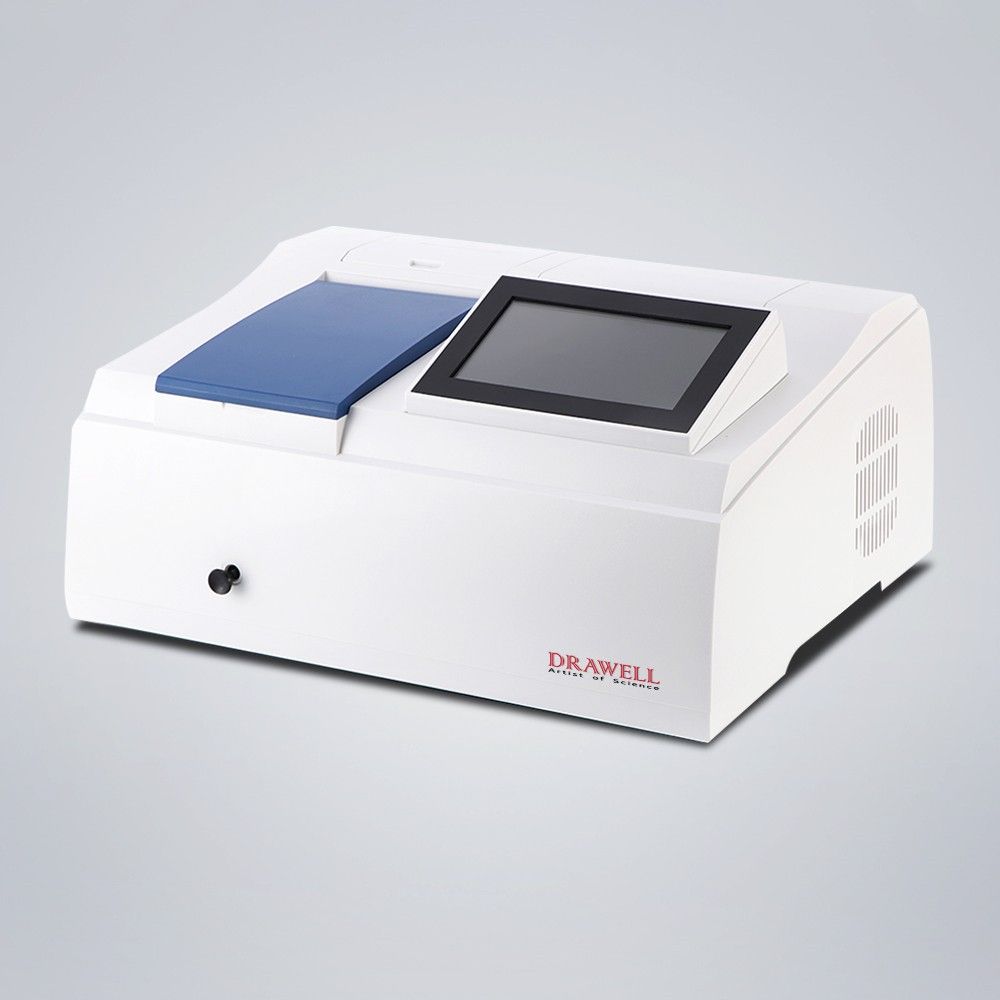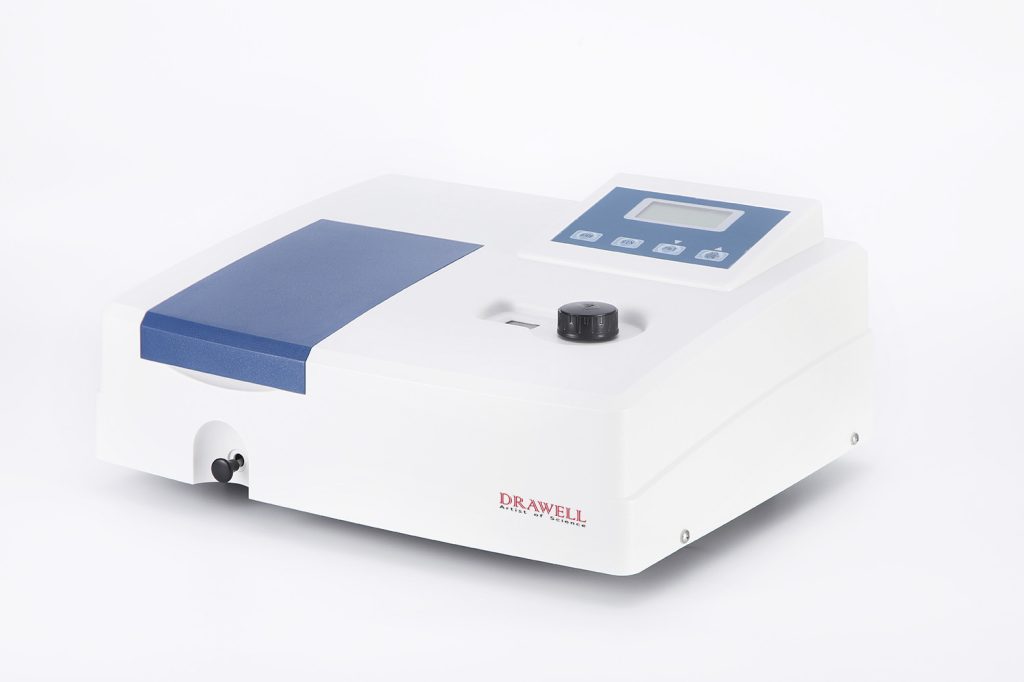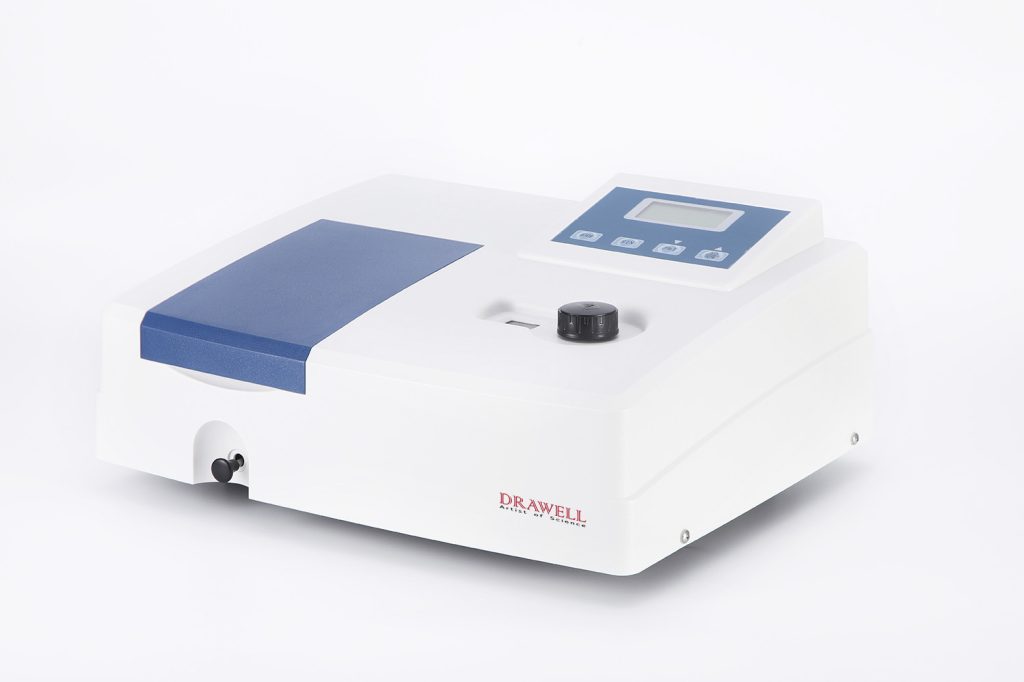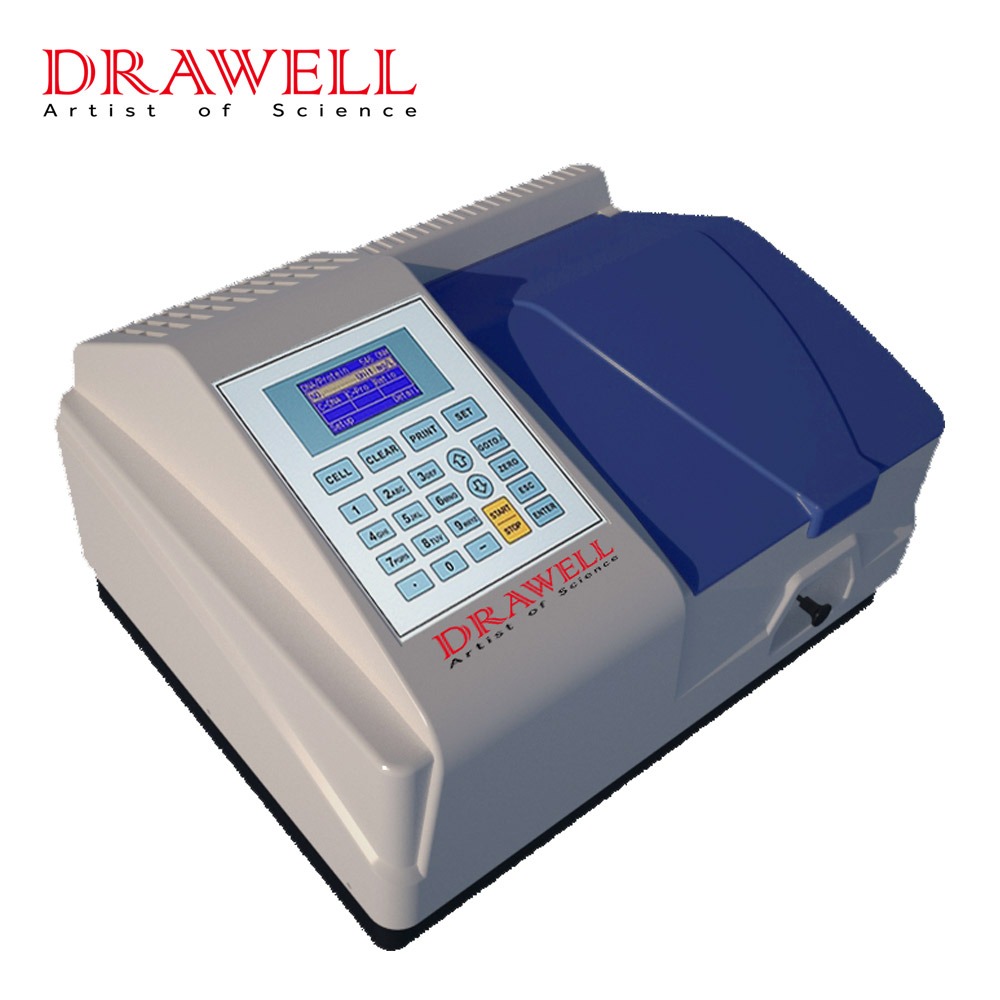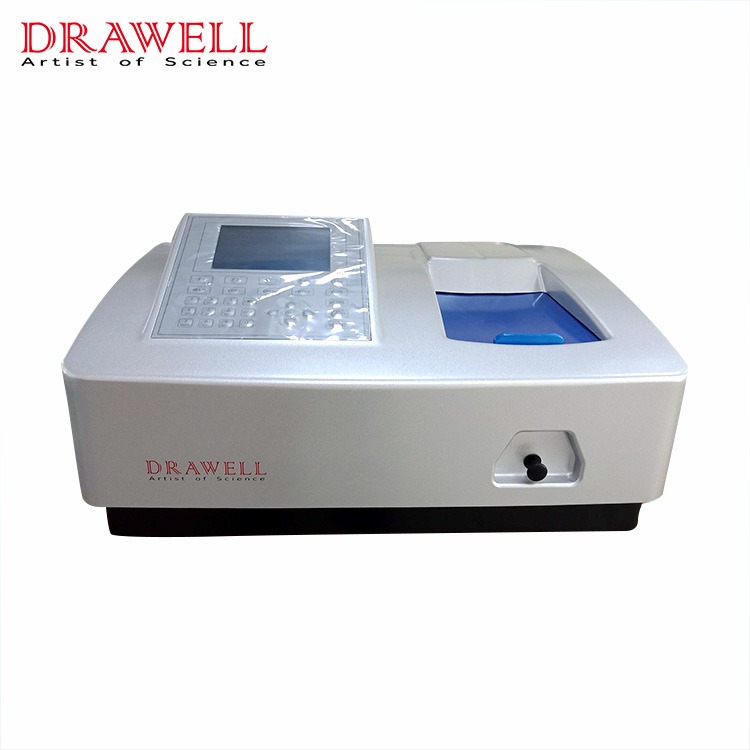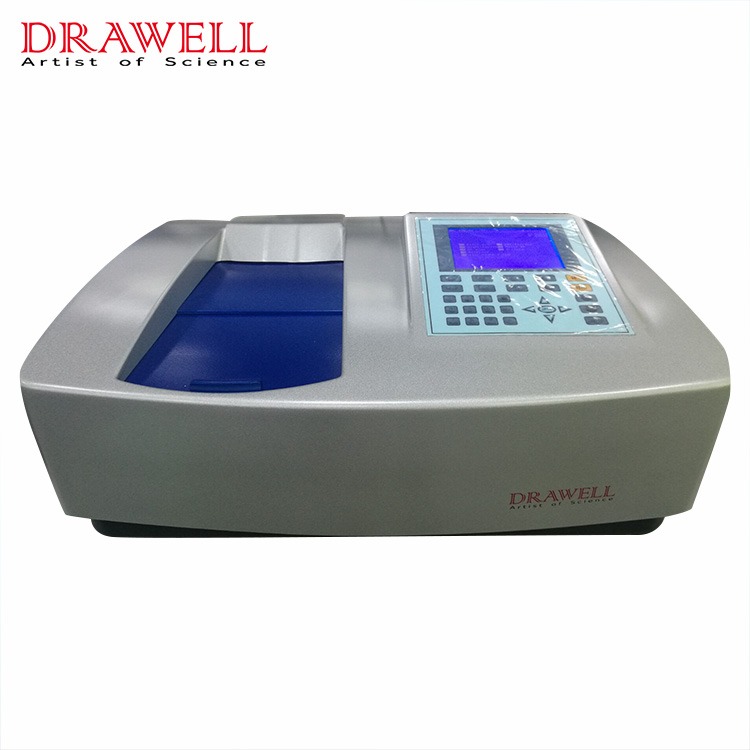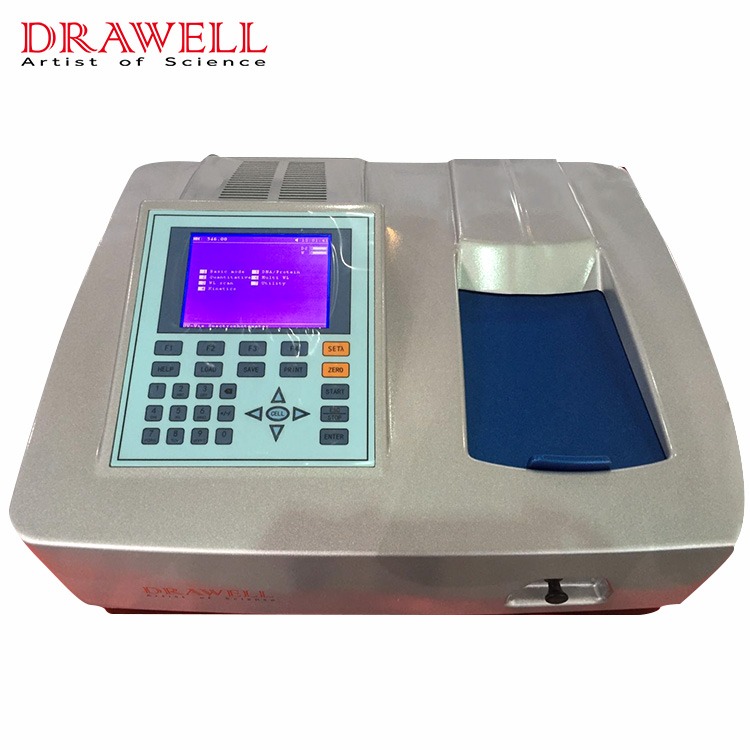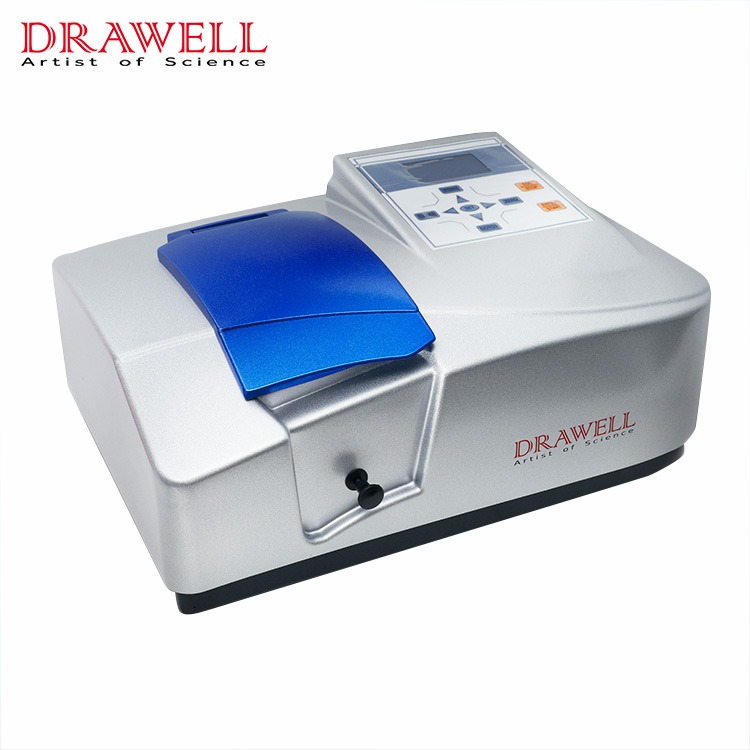A UV VIS spectrophotometer is sophisticated analytical equipment that measures light absorption in a sample at various wavelengths in the ultraviolet and visible parts of the electromagnetic spectrum. This article mainly discusses how a UV VIS spectrophotometer work.
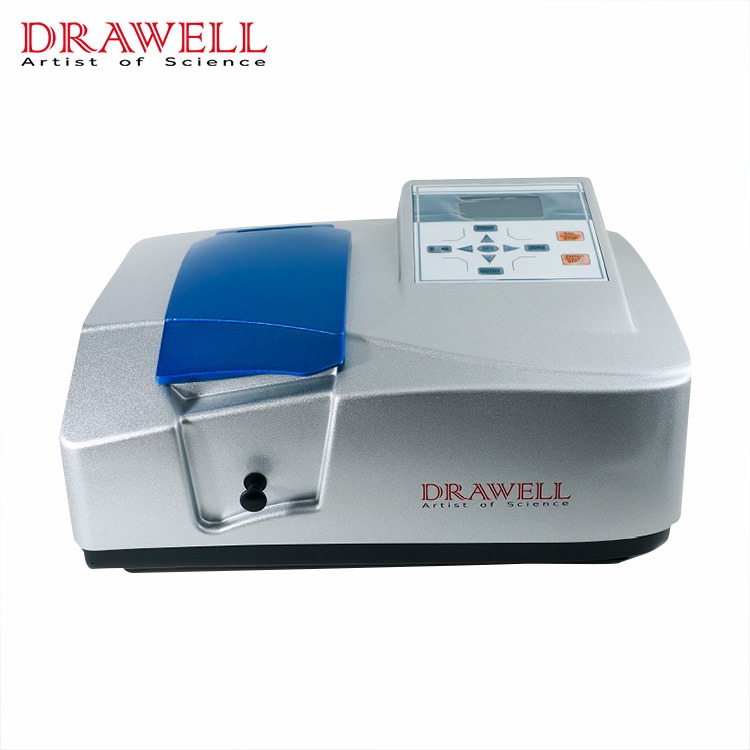
Working Principle Of Operation In a UV VIS Spectrophotometer
The Beer-Lambert Law, which states that the absorbance of light by a sample is exactly proportional to the concentration of the absorbing species and the route length of the sample, underpins the operation of a UV-vis spectrophotometer.
A UV-vis spectrophotometer measures the amount of light absorbed at different wavelengths by passing a light beam through a sample.
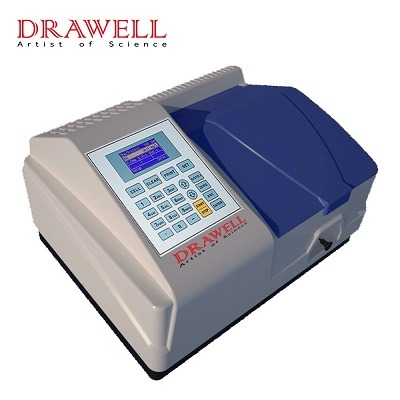
Components of a UV VIS Spectrophotometer
A UV VIS spectrophotometer consists of several components that work together to produce accurate and precise measurements of the absorbance of a sample.
- Light Source
The light source emits a beam of light that is directed toward the sample. Common types of light sources used in UV-vis spectrophotometers include tungsten filament lamps and deuterium arc lamps. Tungsten lamps emit light in the visible region of the spectrum, while deuterium lamps emit light in the ultraviolet region.
- Monochromator
A monochromator is a device that selects a certain wavelength of light from a light source. A prism or diffraction grating separates the different wavelengths of light and allows only a small band of wavelengths to pass through the sample. A wavelength selector, often a spinning grating or prism, can be used to alter the wavelength of the selected light.
- Sample Holder
The sample holder is used to keep the sample in place during measuring. It is often a tiny, clear container constructed of quartz or glass that may store a specific volume of sample. The sample path length, denoted by l in the Beer-Lambert Law, is the distance traveled by light through the sample. This spacing is usually fixed and can range between 0.1 and 10 cm.
- Detector
The detector monitors the amount of light passing through the sample. The light signal is converted into an electrical signal, which is subsequently delivered to a readout device. Photomultiplier tubes and diode array detectors are the two most prevalent types of detectors used in UV-vis spectrophotometers.
- Readout Device
The absorbance of the sample at the given wavelength is displayed by the readout device. It can be a computer or digital display that displays the sample’s spectrum or a single wavelength. The data can be evaluated using specialist software that enables sample quantification and comparison to known standards or other samples.
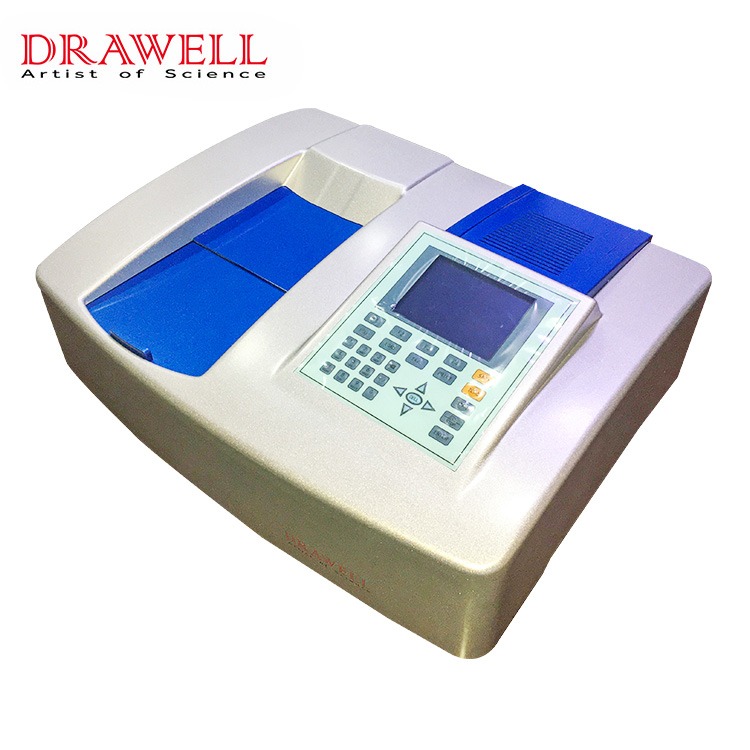
Applications of a UV VIS Spectrophotometer
- Quantitative Analysis
A UV-vis spectrophotometer can be used to identify the presence or absence of certain compounds in a sample by analyzing the characteristic absorption spectrum of the sample. This can be useful in fields such as environmental monitoring and forensics.
- Protein Analysis
A UV VIS spectrophotometer is often used in protein analysis to measure the protein concentration and purity of a sample. This is accomplished by measuring the absorbance of the protein sample at a specified wavelength, usually 280 nm.
- Pharmaceutical Analysis
In the pharmaceutical business, UV spectrophotometers are commonly used for medication development and quality control. It can be used to determine the amount of active ingredients in a medicine formulation as well as to identify contaminants or degradation products.
- Environmental Analysis
A UV VIS spectrophotometry can be used to detect contaminants such as heavy metals and organic compounds in water and air samples. It can also be used to analyze soil samples for nutrient and contaminant levels.
- Food and Beverage Analysis
UV-vis spectrophotometry can be used to assess the quality and nutrient content of food and beverage samples. It can be used to detect pollutants and adulterants as well as test the quantities of vitamins, minerals, and other nutrients in food products.
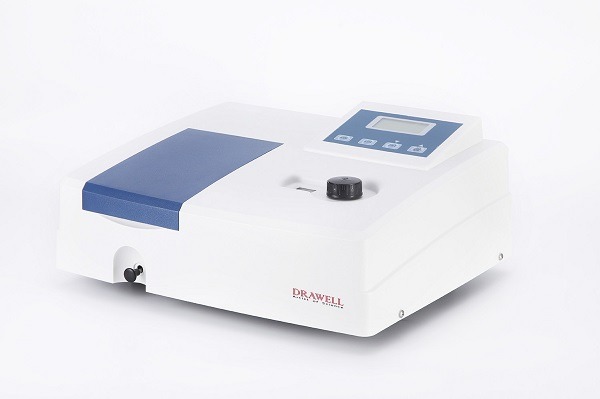
Summary
A UV VIS spectrophotometer is a powerful analytical tool that measures the absorbance of light by a sample at various wavelengths. UV-vis spectrophotometers can offer reliable and exact measurements of the concentration of a wide range of substances in diverse fields by utilizing the Beer-Lambert Law and a monochromator.

